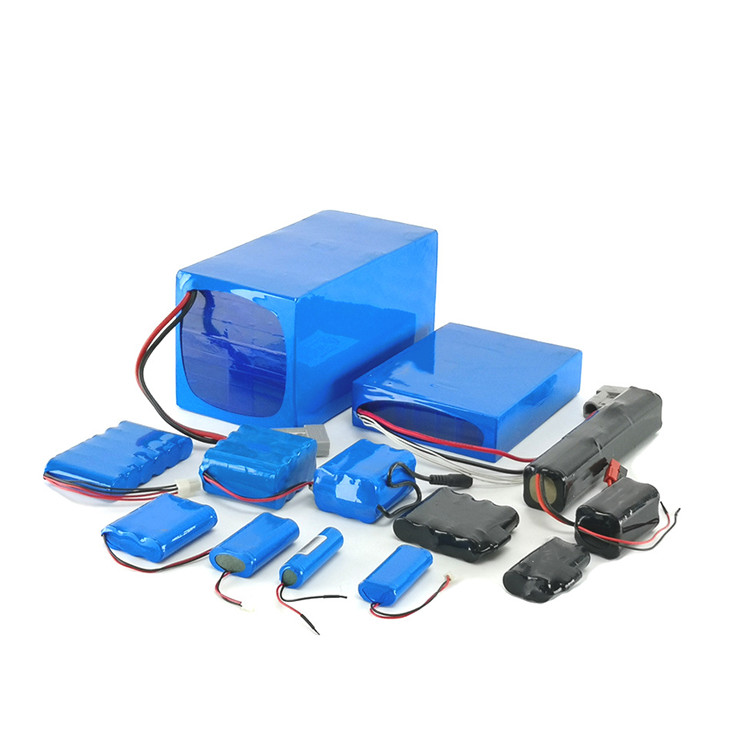What are the reasons for the drum of LiFePo4 battery?
February 1, 2021
LiFePo4 battery drum mainly has four major factors.
1. Overcharge-induced lithium ion battery drum
Excessive charging will lead to all lithium atoms in the cathode material running into the negative electrode material, resulting in the deformation and collapse of the original full grid of the positive electrode, which is also an important reason for the decrease of the charge of lithium iron phosphate ion battery. In this process, there are more and more lithium ions in the negative electrode, and the excessive accumulation makes the lithium atom grow out of the stump and crystallize, which makes the lithium ion battery pack swell.
2. Overplayed drum
During the first charge and discharge process of liquid lithium ion battery, the electrode material reacts with the electrolyte at the solid-liquid phase interface to form a passivation layer covering the surface of the electrode material. The passivated film can effectively prevent the passage of electrolyte molecules, but the Li can be freely embedded and removed through the passivation layer, which has the characteristics of solid electrolyte. Therefore, the passivated film is called SEI. layer
SEI film is not fixed, there will be a little change in charge and discharge process, it is important that some organic matter will change reversibly. The SEI film is reversible after excessive discharge of lithium iron phosphate battery, and the negative electrode material collapses after protecting the SEI of the negative electrode material, thus forming the phenomenon of bulging.
3. Manufacturing level issues
Lithium ion battery drum may be a problem in the manufacturing level of lithium iron phosphate battery pack. The electrode coating is uneven and the production process is rough.
4. Long time no use
The phenomenon of bulging will also occur for a long time, because the air is conductive to a certain extent, therefore, too long time is equivalent to the positive and negative electrode direct contact of the battery, a chronic short circuit.








 Sales
Sales Sales
Sales Sales01
Sales01
 Sales Manager
Sales Manager